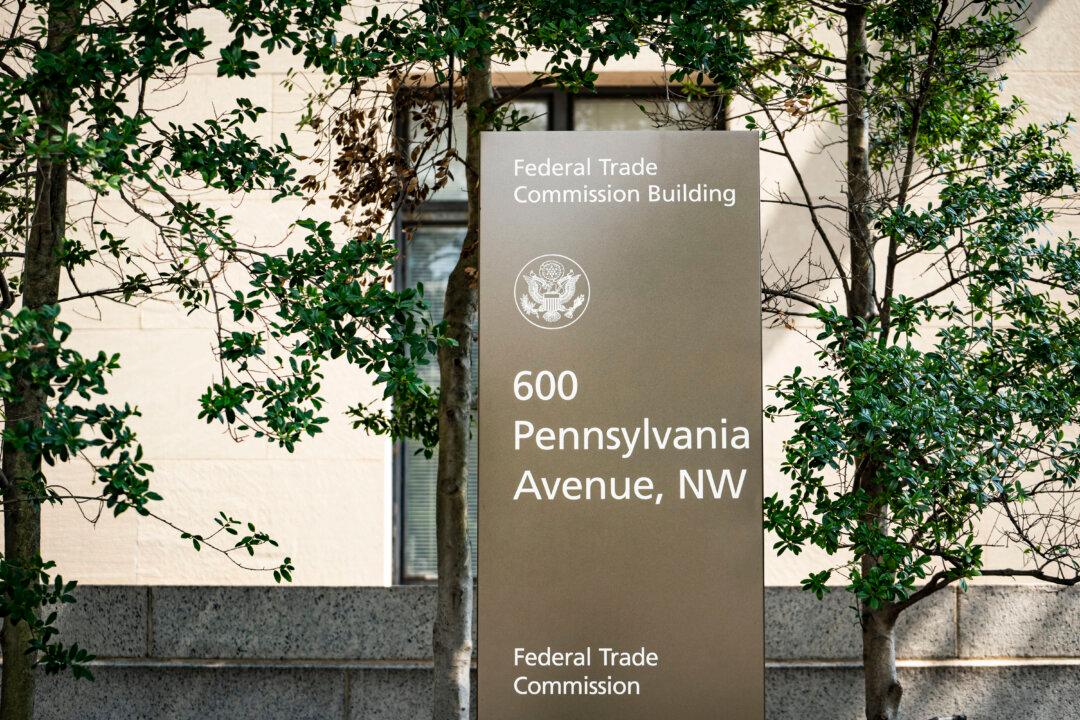The top U.S. official on higher education policy said recently that new technologies have to be deployed and fundamental changes are needed in institutional settings to encourage students to come back to colleges amid persistent losses in undergraduate enrollment numbers.
Kvaal said that the situation has “changed permanently,” and that there are many aspects to how it’s going to be handled moving forward.
“We’re going to use technology differently, and there’s going to be a different mix of online and in-person learning,” he said.
He talked about students having lost learning time and having to face mental health challenges.
“So we need to build institutions a little differently to meet what students’ needs are going to be instead of what they were.”
Forty-one states recorded declines in undergraduate enrollments, and colleges are beginning to close because of a loss of revenue. Bloomfield College in New Jersey, Concordia College in New York, Becker College in Massachusetts, and Judson College in Alabama are planning to close shop if the current trend doesn’t subside.
When asked whether people were losing motivation to attend school, Kvaal said that “a college education can do more than just about anything to boost someone up into the middle class, to create equal opportunity, to fight poverty.”
He said that colleges need to make sure the investment in education was a good value proposition and that if people “do go to college, they have a good shot at graduating, finding that job or going on to further education, and are not going to be left with debts that [they] can’t afford to repay.”
Regarding what colleges can do to offset falling enrollment rates, Kvaal replied that Georgia State University, for example, has used data analytics to “diagnose why students drop out and has dramatically improved graduation rates.”
He also gave the example of the Accelerated Study in Associate Programs, run by the City University of New York (CUNY), which helps students get their degrees as quickly as possible. CUNY has the goal of graduating at least half the students in the program within three years by providing academic, social, and financial support, including individualized course schedules and career development services.
Regarding help and incentives from the Biden administration, Kvaal said: “We can put money behind those things that work and help colleges expand them, using data and evidence. But it’s not, strictly speaking, a policy problem.”





